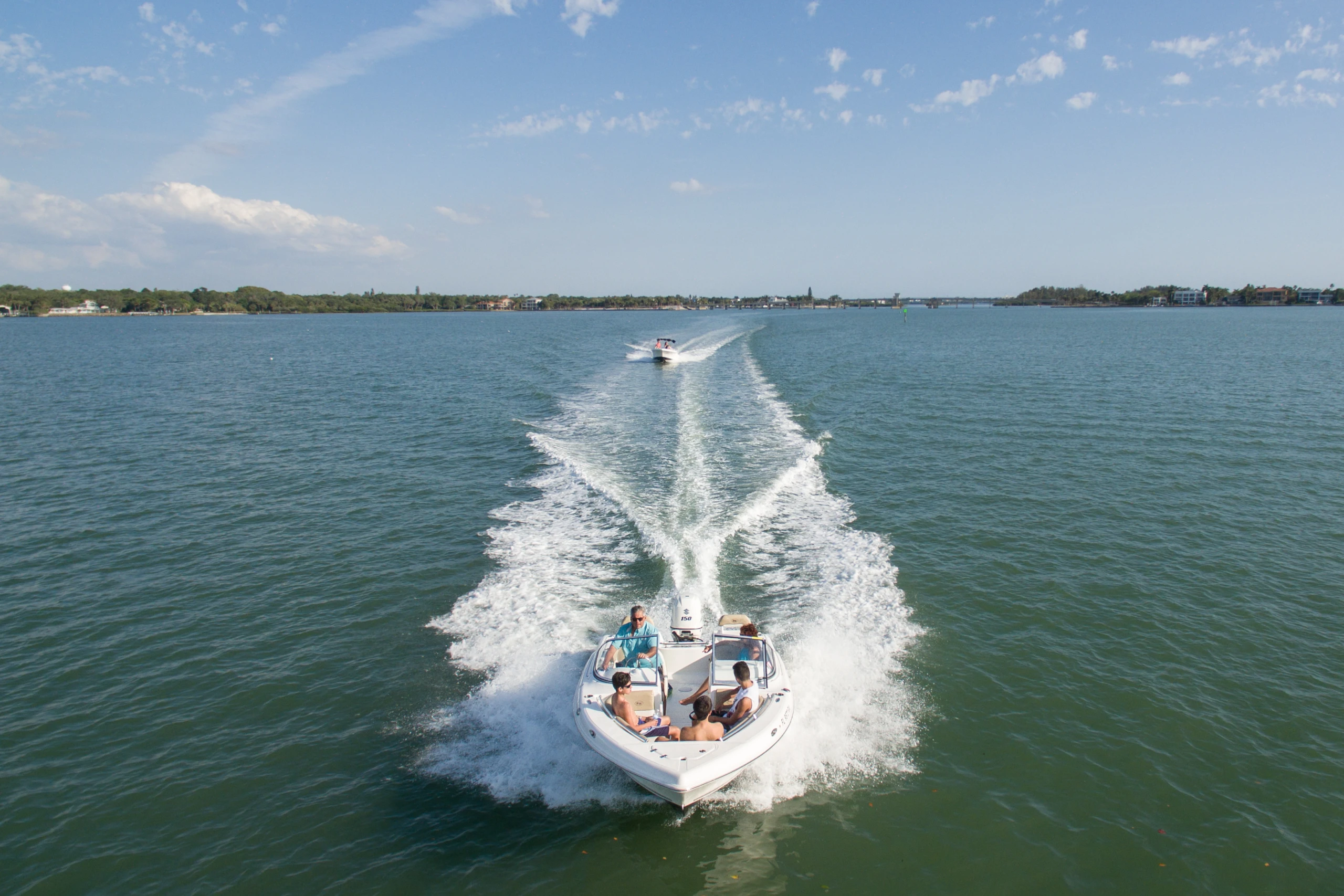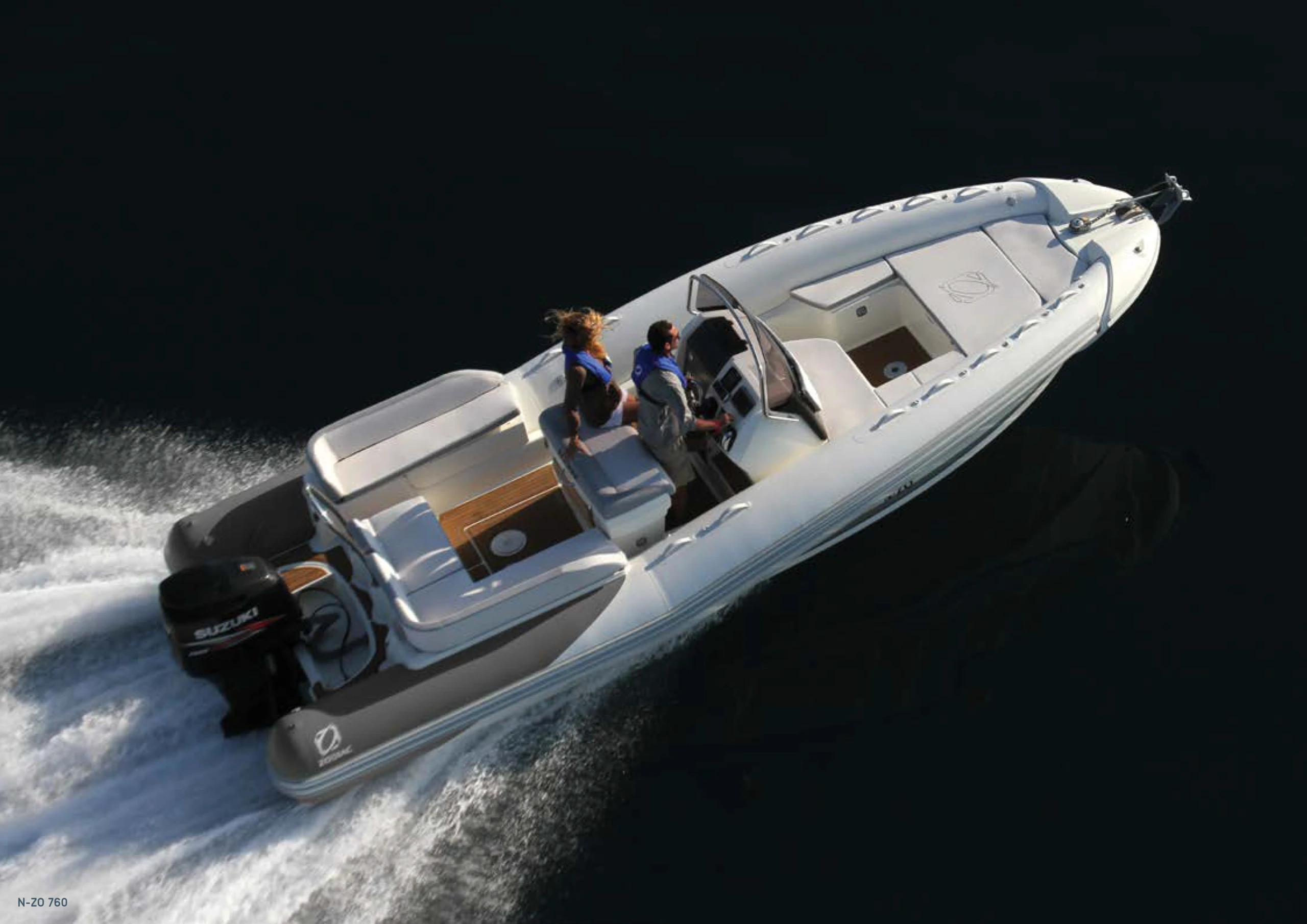
How do you know when you are operating your vessel at a safe speed? Get the answer to this question and more in our boating test guide
Knowing when you’re operating your vessel at a safe speed is crucial for both new and experienced boaters alike. Our comprehensive boating test content ensures that you’re equipped with the latest and most accurate information on this topic. When assessing your vessel’s speed, factors such as visibility, weather conditions, proximity to other vessels, and the presence of navigational hazards must all be considered. By staying informed and adhering to boating regulations, you can confidently navigate the waters at a speed that ensures the safety of your vessel, passengers, and others around you. Whether you’re preparing for a boating test or seeking guidance as an experienced boater, our resources provide the essential knowledge you need to operate your vessel safely at all times.
Table of Contents
- What determines if a speed is safe for your boat?
- How do you know when you are operating your vessel at a safe speed?
- What should you check to decide if a speed is safe for your boat?
- Which of these is a factor when determining the safe speed for a vessel?
- Safe speed can best be defined as which of the following?
- Which of these is a factor that determines if a speed is safe for your boat?
- Which is the most important factor in determining a safe vessel speed?
- The state of visibility should be a determining factor when deciding what?
- At which speed shall a pleasure craft operator proceed at all times to avoid collisions?
- At night your speed should be determined by considering the presence of what?
- Check out our other study guides for boating test questions:
- Getting Certified: Passing your boat exam
What determines if a speed is safe for your boat?
Determining if a speed is safe for your boat involves considering several factors. These include the size and type of your vessel, current weather conditions, visibility, presence of hazards such as other vessels or obstacles, and any specific navigation rules or regulations in the area you’re boating. Additionally, your level of experience and skill as a boat operator plays a significant role in assessing safe speeds. By carefully evaluating these factors and exercising caution, you can ensure that you’re operating your boat at a speed that minimizes risks and ensures the safety of everyone on board and those around you.
How do you know when you are operating your vessel at a safe speed?
If you’re studying for you boating certification, you’ll likely be asked how do you know when you are operating your vessel at a safe speed. Knowing when you are operating your vessel at a safe speed is crucial for ensuring the safety of everyone on board and around you. The good news is that you can check easily in just a few steps. It involves several considerations: First, assess visibility conditions—whether it’s clear or obstructed by fog or darkness—so you can stop or maneuver promptly if needed. Next, adjust your speed based on the density of boat traffic, reducing it in crowded areas or near docks and marinas. Weather conditions also play a significant role; in rough seas or strong winds, slower speeds are advisable to maintain control. Additionally, be mindful of hazards like rocks or shoals, adjusting your speed accordingly to avoid collisions. Always consider your vessel’s maneuverability and its wake impact on other boats and shoreline structures. Lastly, adhere to posted speed limits and no-wake zones as required by local regulations and maritime laws. By following these guidelines, you ensure responsible boating practices and contribute to a safer maritime environment.
What should you check to decide if a speed is safe for your boat?
Determining a safe operating speed for your boat involves several critical checks to ensure the safety of yourself and others on the water. First and foremost, assess the visibility conditions—ensuring you have clear sightlines to spot any potential obstacles or other vessels. Next, consider the current weather conditions, including wind speed, wave height, and frequency, as these factors can significantly impact your boat’s stability and handling. It’s also crucial to take into account water conditions such as tidal currents or river flows, which may affect your maneuverability. Be mindful of boat traffic density and adjust your speed accordingly to maintain safe distances from other vessels. Understanding your boat’s maneuvering capabilities at different speeds is essential, especially when navigating turns or making sudden maneuvers. Lastly, always adhere to posted speed limits, no-wake zones, and local boating regulations to ensure compliance and safety for everyone on the waterway.
Check to decide if a speed is safe for your boat, with this easy check-list:
- Vessel Characteristics: Consider the size, weight, and maneuverability of your boat. Larger vessels may require more time and space to maneuver safely.
- Weather Conditions: Assess current weather conditions, including wind speed and direction, wave height, and visibility. Adverse weather can impact your boat’s handling and stability.
- Water Conditions: Take into account the state of the water, including currents, tides, and any obstacles or hazards present in the area.
- Navigation Environment: Evaluate the complexity of the navigation environment, including the presence of other vessels, navigation markers, and potential obstructions.
- Regulatory Requirements: Familiarize yourself with local boating regulations and speed limits in the area you’re navigating. Adhering to these regulations is essential for safe boating practices.
By carefully considering what should you check to decide if a speed is safe for your boat and adjusting your speed accordingly, you can ensure the safety of your vessel and everyone on board.
Which of these is a factor when determining the safe speed for a vessel?
Several factors come into play when determining the safe speed for a vessel:
- Vessel Characteristics: Consider the size, weight, and maneuverability of your boat. Larger vessels may require more time and space to maneuver safely.
- Weather Conditions: Assess current weather conditions, including wind speed and direction, wave height, and visibility. Adverse weather can impact your boat’s handling and stability.
- Water Conditions: Take into account the state of the water, including currents, tides, and any obstacles or hazards present in the area.
- Navigation Environment: Evaluate the complexity of the navigation environment, including the presence of other vessels, navigation markers, and potential obstructions.
- Regulatory Requirements: Familiarize yourself with local boating regulations and speed limits in the area you’re boating. Adhering to these navigation rules is essential for safe boating practices.
By considering these factors, you can determine the appropriate speed to operate your vessel safely in any given situation.

Safe speed can best be defined as which of the following?
Safe speed can best be defined as the maximum speed at which a vessel can be operated while still maintaining proper control and the ability to take evasive action to avoid collisions or other hazards. It takes into account factors such as weather conditions, visibility, vessel traffic, and the characteristics of the vessel itself. The goal of operating at a safe speed is to ensure the safety of the vessel, its occupants, and others sharing the waterway.
Which of these is a factor that determines if a speed is safe for your boat?
To answer this question correctly, consider the following factors for your boating test:
- Visibility Conditions: Clear sightlines are crucial for spotting obstacles and other vessels, especially in low-light or foggy conditions.
- Weather Conditions: Wind speed, wave height, and frequency can impact your boat’s stability and handling. Adjust your speed accordingly to maintain control.
- Water Conditions: Factors like tidal currents, river flows, and water depth can affect your boat’s maneuverability and safety. Be aware of these conditions and adjust your speed as necessary.
- Boat Traffic Density: Higher traffic areas require reduced speeds to maintain safe distances from other vessels and avoid collisions.
- Maneuvering Capabilities: Understand your boat’s maneuvering capabilities at different speeds, especially when making turns or sudden maneuvers.
- Compliance with Regulations: Adhere to posted speed limits, no-wake zones, and local boating regulations to ensure safety for yourself and others on the water.
By considering these factors that determine if a speed is safe for operating your boat in various conditions.
Which is the most important factor in determining a safe vessel speed?
The most important factor in determining a safe vessel speed is the prevailing conditions at the time of operation. This includes factors such as visibility, weather conditions, vessel traffic, and the presence of any navigational hazards. Adapting the speed of the vessel to match these conditions is crucial for maintaining safety on the water.
The state of visibility should be a determining factor when deciding what?
The state of visibility should be a determining factor when deciding the safe speed for any vessel. In conditions of limited visibility, such as fog or darkness, it is essential to reduce speed to ensure the safety of navigation and to avoid collisions with other vessels or obstacles. Adjusting speed according to visibility conditions helps to maintain situational awareness and prevent accidents on the water.
At which speed shall a pleasure craft operator proceed at all times to avoid collisions?
A pleasure craft operator should proceed at a safe speed at all times to avoid collisions. The exact speed may vary depending on factors such as visibility, traffic density, weather conditions, and the characteristics of the vessel and its surroundings. However, the overarching principle is to operate at a speed that allows the operator to maintain proper control of the vessel, be able to stop or maneuver quickly if necessary, and to avoid endangering other vessels or individuals on the water.
At night your speed should be determined by considering the presence of what?
At night, your speed should be determined by considering the presence of other vessels, navigational hazards, and reduced visibility due to darkness. Additionally, factors such as weather conditions, the presence of navigational aids, and the specific characteristics of your vessel should also be taken into account when determining a safe speed for nighttime boating.
Check out our other study guides for boating test questions:
- What is draft on a boat?
- How to choose a marine gps app
- The 5 best boating weather apps for 2024.
Getting Certified: Passing your boat exam
Start your safe boating journey at boat-ed.com. Their accredited courses, recognized by NASBLA, the National Association of State Boating Law Administrators, make learning boater safety, etiquette, and water rules easy and accessible. With interactive courses available on all devices, prioritize safety as you prepare for your exam.
You can get a preview of what this, and other questions may look like on a boating test by visiting our friends at Boat-Ed. Check out their study guide.








